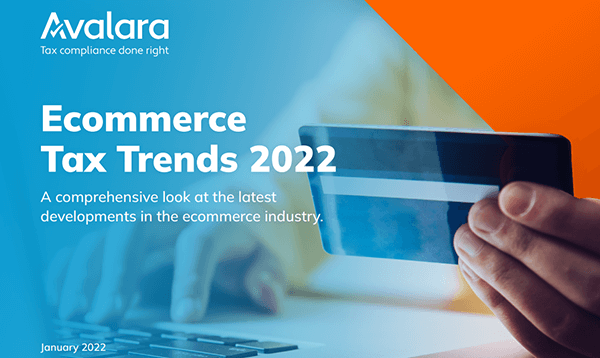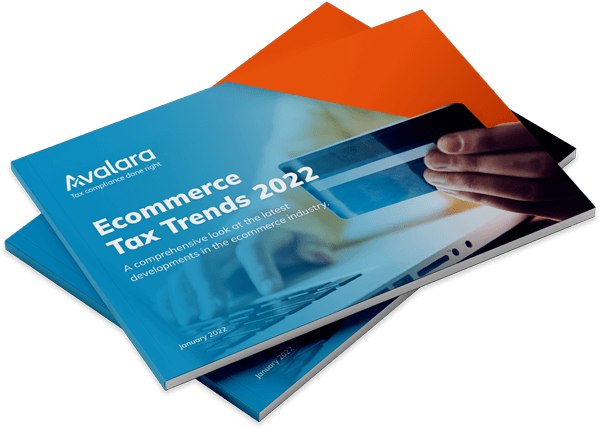
Changes to Intrastat declarations from January 2022
The new 'Regulation on European business statistics' comes into force on January 1, 2022. From this date, Intrastat Dispatches declarations across the European Union (EU) will require two additional pieces of statistical information. The new data elements to be provided are:
- Partner VAT ID
- Country of Origin
Some EU member states have already requested this information, having opted to collect this information or implemented the new requirements early.
Under the new Regulation, in the EU member states where these two data elements are not yet collected, businesses will have to start reporting them from January 2022 dispatch declarations. This export / dispatch data will be shared by Eurostat between EU member states. It is hoped that this additional data collected on the export / dispatch side will make it possible to reduce the data collection burden on the import / acquisition side.
Partner VAT ID
This is a combination of the country code and the VAT number of the buyer / receiver of goods (the importer). This will be the VAT registration number of the customer to whom the goods are dispatched to. The VAT number needs to be provided with the two-digit alpha country code of the EU member state where the customer belongs followed by their VAT number.
While most EU member states use the ISO2 country code prefix, be aware that the Greece VAT registration is always prefixed with the code ‘EL’, and not ‘GR’.
For cross-border drop-shipments where the Triangulation simplification is used and the invoiced customer is in a different EU member state to that where the goods are dispatched to (the ship-to location), the VAT number of the person who receives the goods should be used. It is therefore recommended that relevant transactions are identified and the VAT registration number for the recipient of the goods in the ship-to location is requested, obtained, validated and retained so that this can be correctly reported on the Instrastat declaration. Where this is not known, then the VAT number of the invoiced customer should be used as a fall-back.
Where goods are dispatched to private individuals or non-VAT registered businesses, the code QV999999999999 should be used.
Country of Origin
Country of Origin (CoO) is the country where the goods that are being dispatched were originally wholly manufactured or produced. For goods produced in more than one country, the CoO will be the country where the last substantial economic transformation took place. This means the country where the goods last underwent processing which resulted in a change in the goods’ Harmonised System level 4 (HS4) commodity code. Any work on the goods which does not result in a change in the HS4 commodity code e.g. splitting consignments or repackaging goods, will not be enough to affect the goods’ CoO.
The relevant 2-digit ISO country code should be declared on the Intrastat. Please note that for Intrastat reporting, goods manufactured or produced in Great Britain (England, Scotland and Wales) should be classified as XO, whereas manufactured or produced in Northern Ireland should be classified as XI.
Intrastat between the UK and the EU
From January 1, 2022, Intrastat declarations will only need to be submitted for movements of goods between Northern Ireland and the EU. Movements between Great Britain (England, Scotland and Wales) and the EU will no longer be covered by Intrastat due to Brexit.
The new Northern Irish Intrastat exemption thresholds from January 1, 2022 will be:
- £500,000 for arrivals (NI imports/acquisitions from EU)
- £250,000 for dispatches (NI exports/dispatches to EU)
- Delivery terms threshold will remain at £24,000,000
Need help with Intrastat? Speak to one of our experts today.
Stay up to date
Sign up for our free newsletter and stay up to date with the latest tax news.





